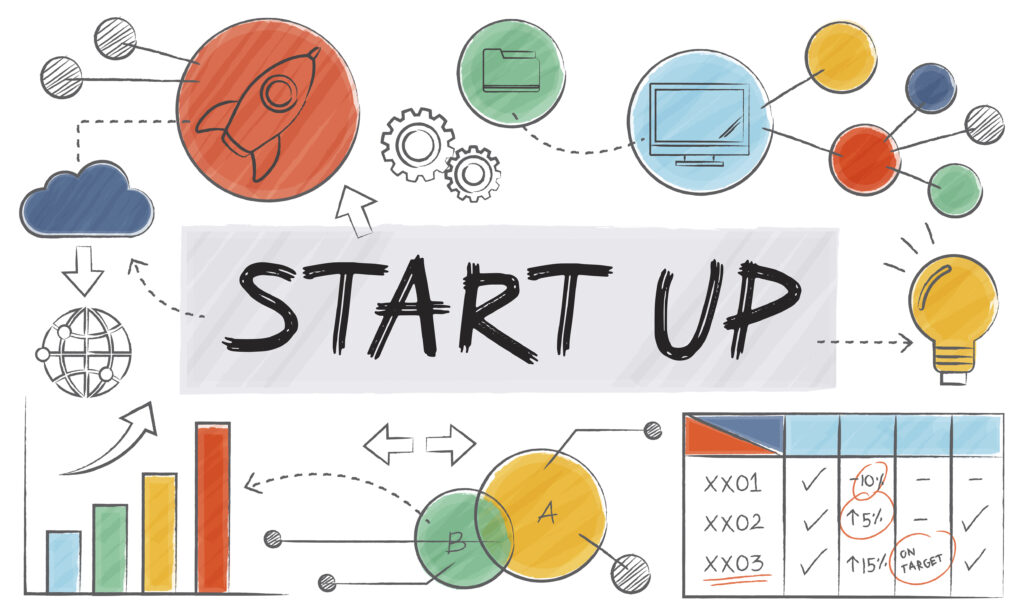
Most product-development managers are always struggling to bring in projects on time and on budget. They never have enough resources to get the job done, and their bosses demand predictable schedules and deliverables. For this, you may need a lean software development process, as poor implementation could be the last nail in the coffin for your project.
Below are the key 6 steps to build insanely great software products
Step 1: Idea Validation
Idea validation is the process of gathering evidence around ideas through experimentation. The purpose of idea validation is to expose the idea to the practicality of the real world.
Step 2: Rapid prototyping
Prototyping is the process of developing a working replication of a product or system. It offers a small scale facsimile of the end product and is used for obtaining customer feedback. The Prototyping Model is one of the most popularly used Software Development Life Cycle Models. This model is used when the customers do not know the exact project requirements beforehand. The process starts by interviewing the customers and developing the incomplete high-level paper model. This document is used to build an initial prototype supporting only the basic functionality as desired by the customer. Once the customer figures out the problems, the prototype is further refined.
Step 3: MVP (Minimum viable product)
A minimum viable product (MVP) is the most pared down version of a product that can still be released. In some cases, the MVP can be a piecemeal of other existing tools to test its viability before it is developed as a proprietary tool or software. Facebook, Airbnb, Dropbox and Twitter are all examples of successful startups using the MVP approach in the startup world.
Step 4: Build-Measure-Learn Loop
Build-Measure-Learn is one of the central principles of Lean Startup. It is a highly effective approach to startup development pioneered by Eric Ries. In practice, the model involves a cycle of creating and testing hypotheses. The aim is to continuously improve your offering so that you eventually deliver precisely what your customers want. It’s a framework for establishing the effectiveness of new products, services, and ideas quickly and cost-effectively.
Step 5: Product-market-fit.
Product-market fit describes a scenario in which a company’s target customers are buying, using, and telling others about the company’s product. Facebook’s VP of Growth says the biggest problem he sees facing the companies he advises is that they don’t have a product-market fit when they think they do. Before you develop a product that you confirm enough people are willing to pay for, your team cannot afford to focus on other important strategic objectives such as growth or upselling existing users. Those initiatives could even be counterproductive if you haven’t first determined that your product has enough of a market to sustain itself and generate a profit.
Step 6: Go-to-Market.
A go-to-market strategy is a short term, a step-by-step map that focuses on launching one specific product, service, expansion, or venture. A solid and comprehensive strategy will also give you a framework for measuring your progress along the way. The words offering, venture,. service, and the product will be used interchangeably below. The strategy is intended to be a long term set of rules, principles, and goals set in place to guide all of your messaging. It helps you address and navigate the less-exciting bits that are still fundamental to your success.


